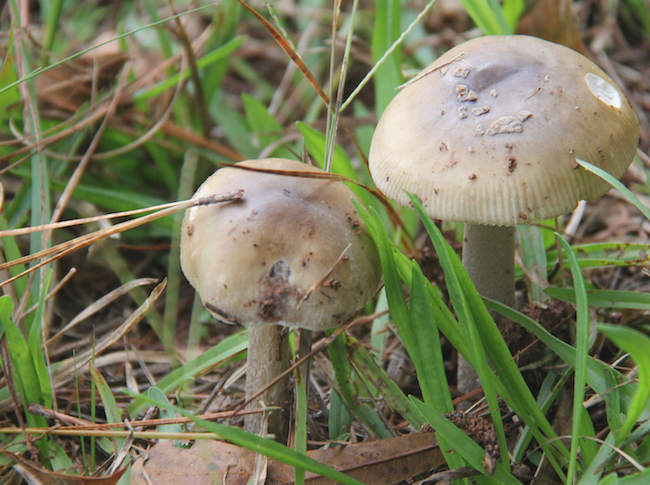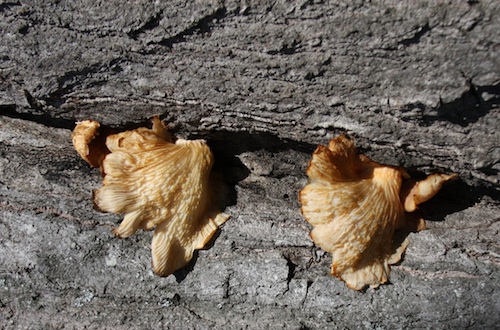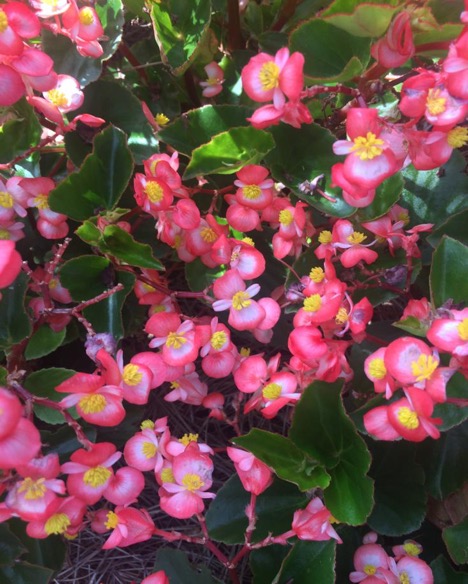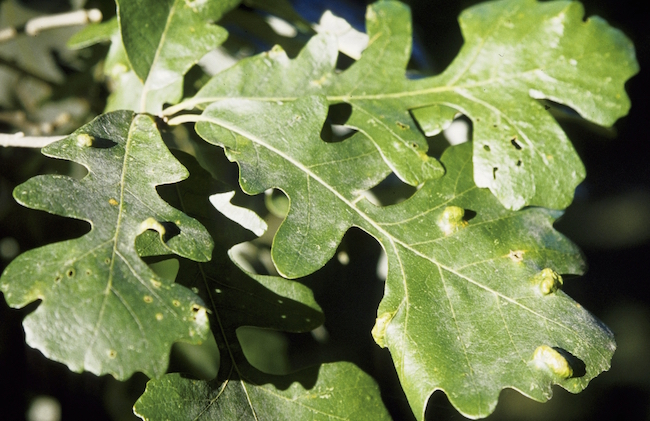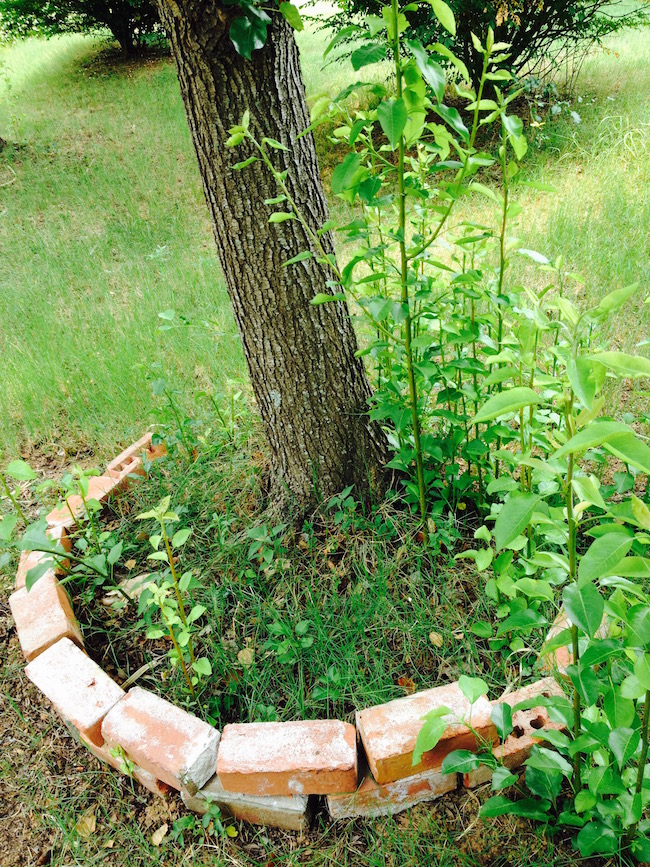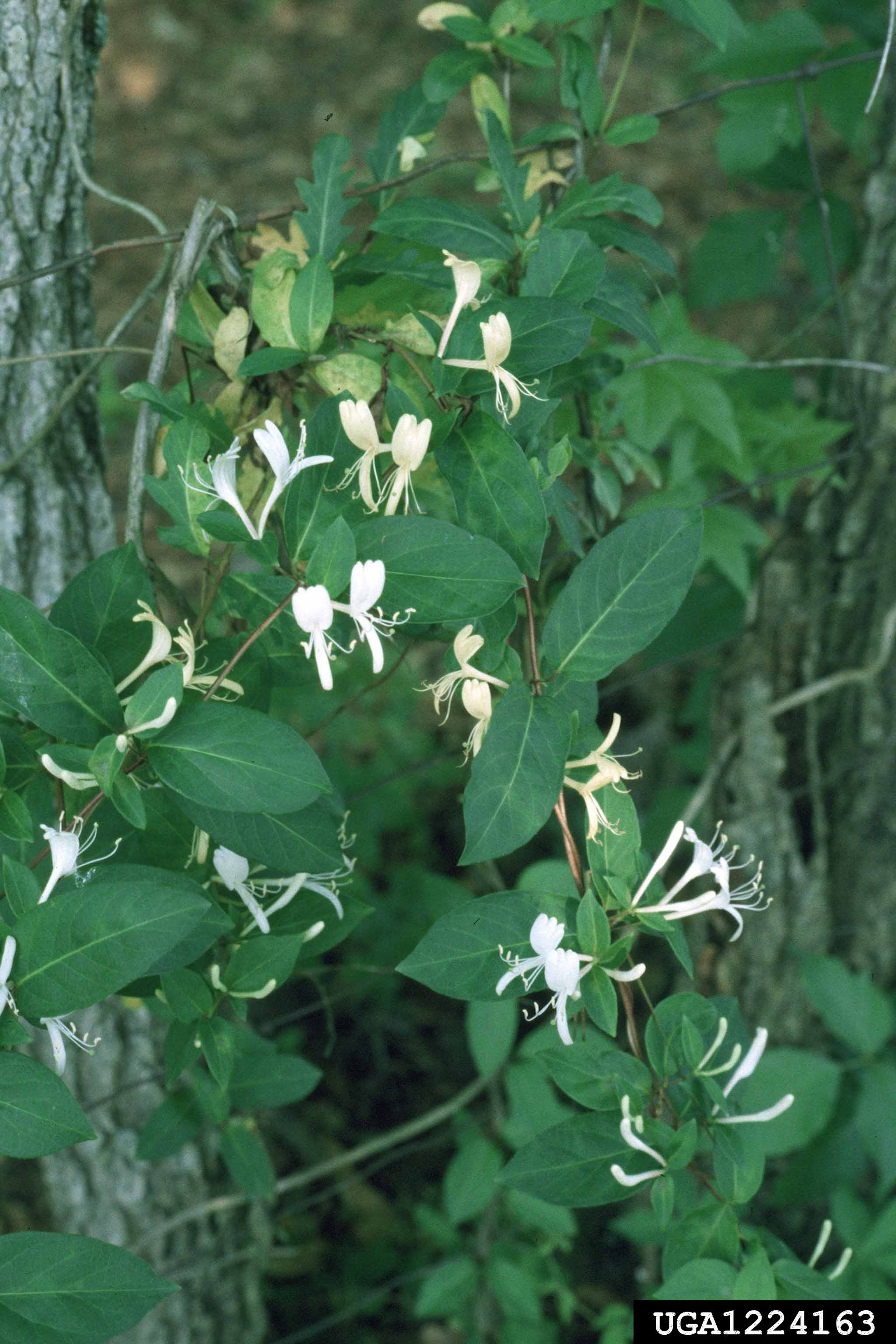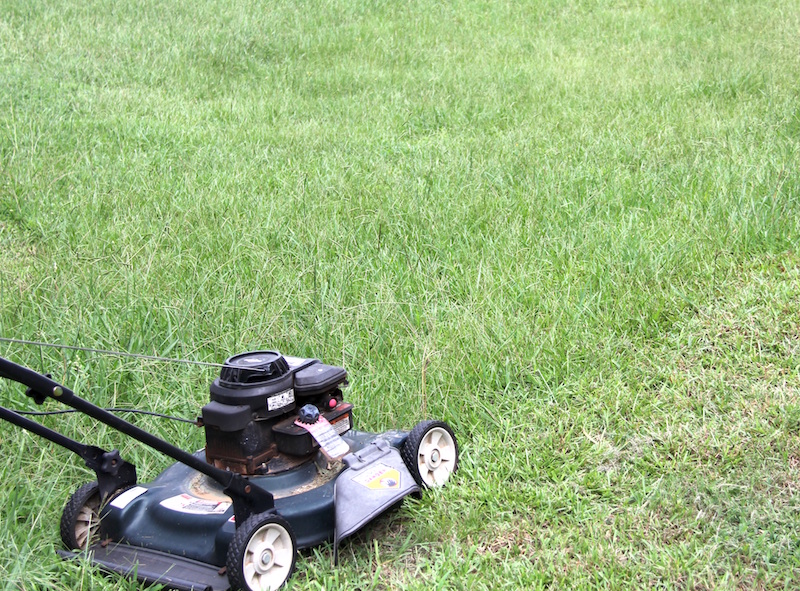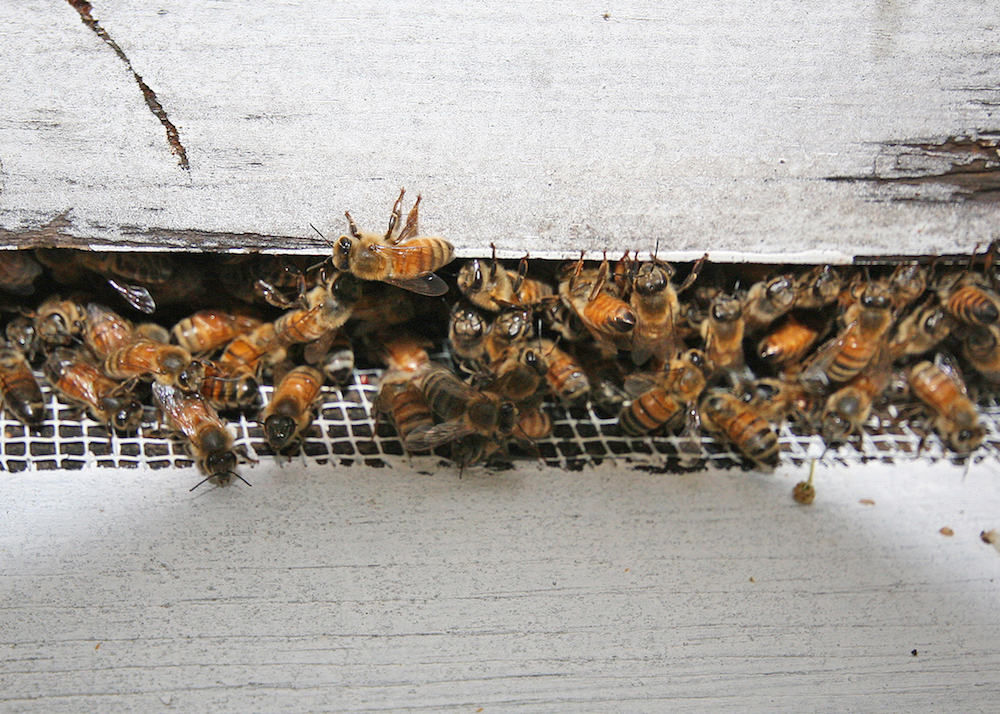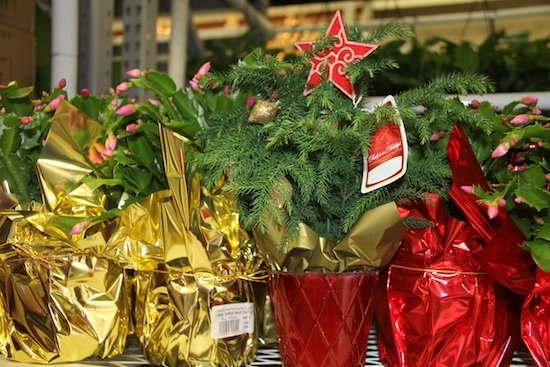 CAES News
CAES News
Living Christmas Trees
Container-grown or balled-and-burlapped Christmas trees can be planted as landscape trees after the holidays. This way of enjoying a Christmas tree is practical in Georgia, where the mild December or early January weather is ideal for tree planting. With care and planning, your Christmas tree will serve as a living memory for many years.

